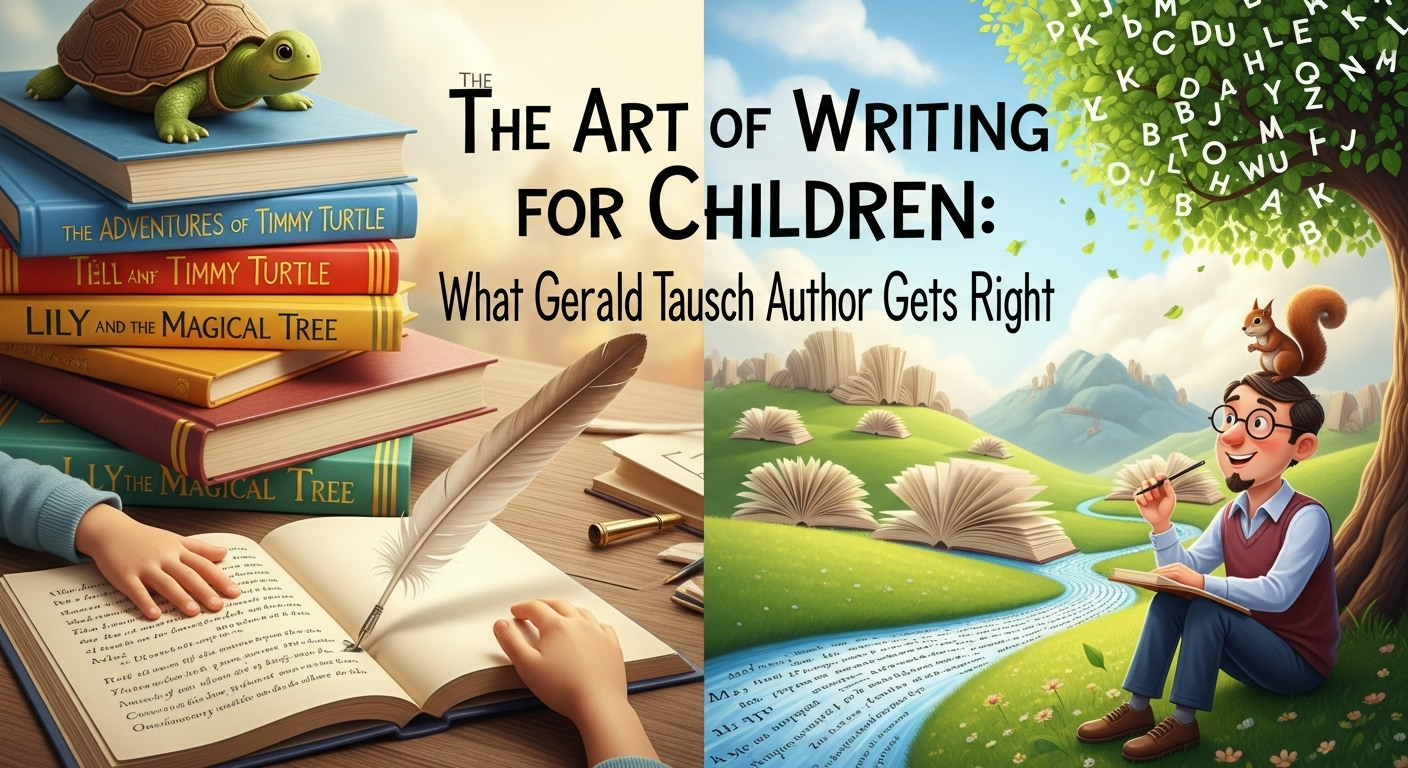Email remains one of the most powerful tools for communication and marketing. Yet, as inboxes fill with generic newsletters, brands are searching for ways to stand out. Consumers no longer respond to static messages; they expect interaction, personalization, and experiences that capture attention.
Immersive email is redefining how businesses connect with their audiences. By blending interactive features, multimedia elements, and dynamic design, these emails move beyond plain text to deliver experiences that engage and convert. For brands competing in crowded digital spaces, immersive formats are no longer a luxury but a necessity.
Why Brands Are Shifting to Dynamic Emails
Traditional newsletters serve basic purposes: delivering updates, promoting offers, or sharing content. However, they often lack the ability to create meaningful engagement. Immersive formats give companies new ways to bring campaigns to life, reflecting the interactivity consumers already experience on social platforms and websites.
Dynamic emails capture attention quickly, reduce the likelihood of unsubscribes, and make users feel part of the brand journey. For organizations focused on long-term loyalty, this shift offers both immediate and lasting benefits.
Key Features of Immersive Emails
Interactivity
Interactive elements such as clickable image carousels, embedded surveys, and in-email shopping carts create real-time engagement. Instead of directing users elsewhere, brands keep them interacting directly within the email environment.
Multimedia Integration
Videos, animations, and audio snippets enrich storytelling. Multimedia allows brands to demonstrate products, showcase testimonials, or deliver immersive tutorials without overwhelming the reader with text.
Personalization
Dynamic emails use data to tailor content. Personalized subject lines, product recommendations, and user-specific calls-to-action make messages feel more relevant, increasing click-through and conversion rates.
Responsive Design
Immersive emails are optimized across devices. Whether opened on a desktop or mobile phone, the content adapts seamlessly, ensuring consistent experiences for every user.
Benefits of Adopting Immersive Emails
- Higher Engagement Rates
Interactive and multimedia features naturally encourage clicks and actions. This keeps audiences engaged for longer periods compared to static newsletters. - Improved Conversions
By integrating shopping features or direct booking options, immersive emails shorten the customer journey. Users can take action without leaving the inbox. - Stronger Brand Recall
Memorable experiences enhance brand recognition. Dynamic visuals and interactivity ensure that emails stand out among competitors’ generic campaigns. - Enhanced Analytics
Brands gain deeper insights through interactive elements. Tracking clicks, surveys, and behaviors inside the email provides valuable data to refine strategies.
Each of these benefits demonstrates why immersive formats are rapidly becoming standard practice for competitive brands.
Industries Embracing Immersive Emails
Retail and E-Commerce
Retailers use immersive features to showcase product collections, integrate “add to cart” options, and highlight promotions. This creates smoother shopping experiences that drive sales.
Travel and Hospitality
Travel companies employ videos, image galleries, and booking options to inspire wanderlust and enable immediate reservations. Immersive design transforms marketing into an experiential journey.
Education and Training
Online learning providers integrate quizzes, lessons, and video modules into emails. Learners engage directly with content, reinforcing education without extra steps.
Finance and Insurance
Dynamic calculators, interactive FAQs, and personalized plan comparisons improve transparency. These features build trust by simplifying complex information.
Challenges of Implementing Immersive Email
Technical Limitations
Not all email clients support advanced features. Brands must design fallback versions to ensure that messages remain functional across platforms.
Development Costs
Creating immersive formats requires design expertise and advanced coding. Although investment is higher, the returns often justify the expense.
Deliverability Concerns
Large multimedia files can increase loading times or affect deliverability. Optimizing content is essential to balance engagement with accessibility.
Measuring Success
While immersive elements provide new engagement data, companies must adapt their analytics frameworks to interpret these interactions meaningfully.
Best Practices for Brands Transitioning to Immersive Email
Start with Audience Insights
Understanding customer preferences helps prioritize features. A retail audience may value in-email shopping, while a service-based business may benefit from surveys or video guides.
Keep Design Intuitive
Immersion should enhance, not overwhelm. Clear navigation, simple calls-to-action, and balanced visuals ensure usability across devices.
Test Across Platforms
Brands should test immersive emails on multiple clients and devices to confirm consistent performance. Testing prevents broken elements that could frustrate recipients.
Focus on Storytelling
Immersive emails succeed when they tell a story. Structured narratives with interactive checkpoints keep readers engaged and guide them naturally toward desired actions.
Prioritize Load Times
Heavy designs risk frustrating users. Compressing images, optimizing videos, and streamlining code keep emails responsive without sacrificing quality.
Practical Examples of Immersive Features
- Gamification
Brands can integrate simple games, quizzes, or challenges. These elements entertain while reinforcing brand messages, creating memorable experiences. - Countdown Timers
Time-sensitive promotions benefit from dynamic countdowns, driving urgency and increasing conversions. - Live Social Feeds
Embedding live feeds from social platforms keeps emails current and demonstrates active brand engagement. - Virtual Tours
Real estate, education, and hospitality brands use immersive tours embedded in emails to showcase properties, campuses, or hotels without redirecting users.
Each feature not only engages audiences but also reinforces brand identity by aligning digital communication with customer expectations.
The Future of Immersive Email
Advancements in coding and design will expand what immersive emails can achieve. Artificial intelligence will enable deeper personalization, while real-time updates will allow content to change dynamically after emails are sent. For example, offers could update based on inventory or user behavior.
As email marketing evolves, brands that adapt quickly to immersive practices will differentiate themselves. Those who fail to innovate risk being ignored in overcrowded inboxes.
Conclusion
Email has moved far beyond static newsletters. For brands, the ability to create interactive and engaging experiences directly in the inbox is now a critical advantage. The shift toward immersive email represents not just a design trend but a strategic evolution that aligns with consumer expectations and market competition.
The next stage of this transformation will bring even more advanced experiences. Just as businesses are adopting extended reality in other fields, immersive communication may soon intersect with technologies such as XR emails, where interactivity and personalization reach entirely new levels. Brands that embrace these innovations today will be best positioned for tomorrow’s digital landscape.





